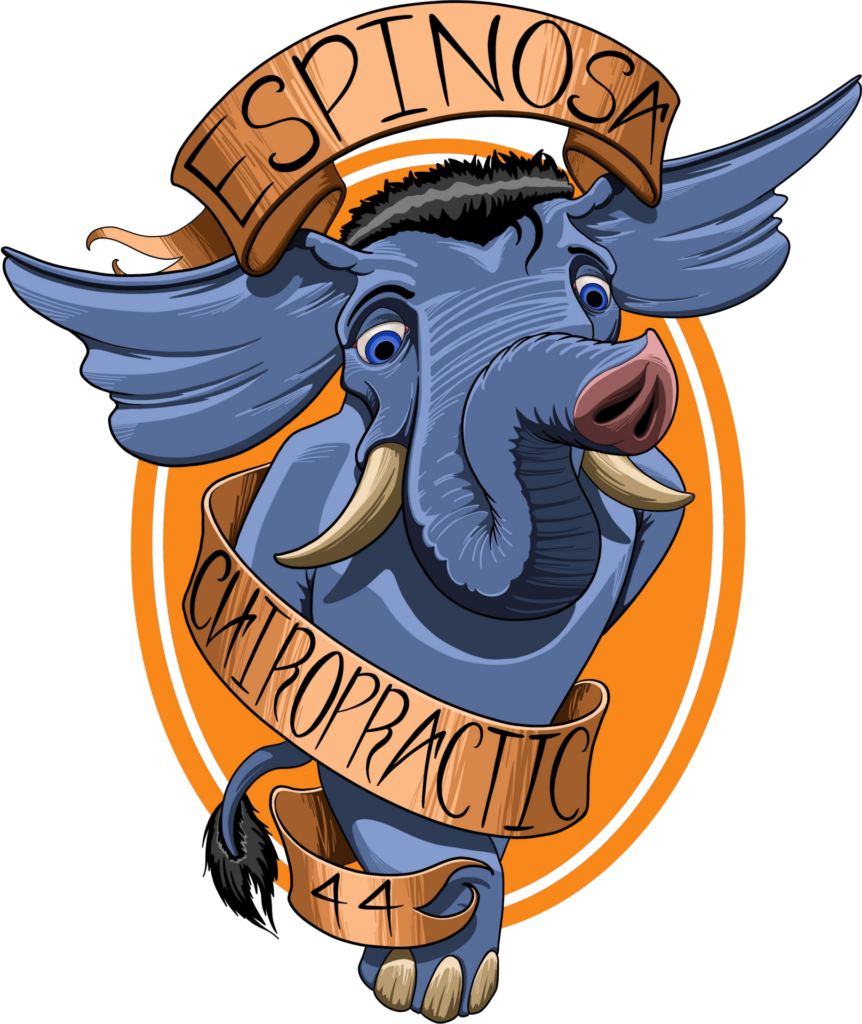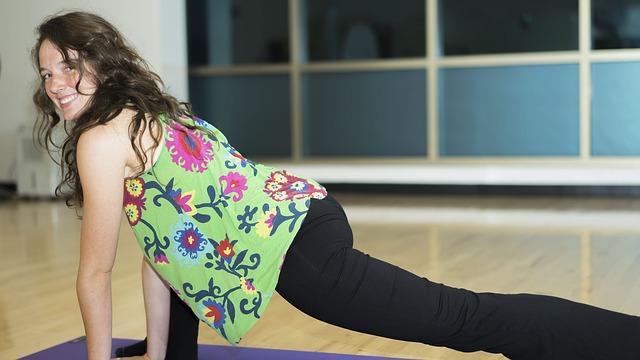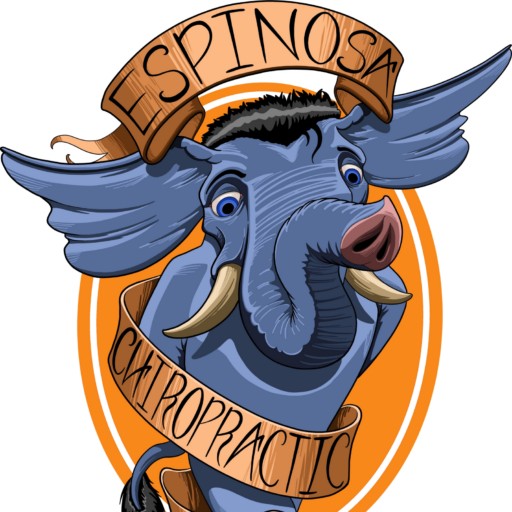Posts by Espinosa
How to Stop Feeling Stiff in Sacramento
Muscles Feeling Stiff in the Morning Time?
Shoulder Pain in Sacramento
Beating Back Spasms in Sacramento
Back spasms are the symptom, not the condition
Let’s define a “back spasm,” as a sudden, involuntary tightening of a muscle in the back. If that doesn’t sound painful enough by itself, imagine that this uncontrollable tightening happens regularly; now that’s a problem. Back spasms are often brought on by excessive strain, acute injury or by repetitive trauma that wears down the spine over time and contributes to nerve compression.
The anatomy of a back spasm
When a spinal condition or injury creates compression on the nerve roots which exit the spinal cord, a sharp pain occurs; a warning signal telling your body to stop moving in order to prevent further pain. These same nerves control muscle contraction in the back; people often seize up in a natural reflex to the spasm. Conditions that are most often linked to back spasms include:
- Disc herniation
- Muscle and ligament damage
- Degenerative disc disease
- Arthritis
- Ruptured disc
- Other injuries
This makes it all the more important to get a proper diagnosis as to what exactly is causing your spasms and pain.
Treating back spasms in Sacramento
If you are suffering from recurring back spasms, give our office in Sacramento a call. We begin with a conversation that includes a detailed history of your health and a physical assessment to determine what may be causing your pain. Our plan for treatment involves chiropractic adjustment to correct misalignment and alleviate nerve pressure. This allows you to return to a normal range of motion which in turn helps facilitate a faster healing process. From here, we focus on strengthening key supportive muscles and stretching to keep your muscles limber and less prone to injury.
Is Running Among the World’s Most Dangerous Sports?
Why are injuries so prevalent in the running community?
For an innate human activity, nearly 1 in 2 people who run habitually will suffer an injury during the course of a year. There are a few factors at play here: the repetitive nature of running tends to stress the same muscles and joints, while the impact of striking the ground with the feet is quite jarring to the joints as well. Variety is important; if you are doing the same exact run every day, certain parts of the body will strengthen while others will suffer. So the first key to preventing injury is to make your routine more well-rounded. Read on to discover a few more tips on how to avoid injury while running.
Protecting yourself while running
- Mix up your running surfaces: concrete is brutal for your joints; running on trails is less abrasive and will work different muscles.
- Pace yourself properly: optimal cadence is 180 steps per foot per minute.
- Adjust your stride: a longer stride means your leg strikes the ground in front of you heel first; this can be detrimental to your posture and cause you more fatigue. Try striking the ground with each foot underneath your hips to distribute forces evenly
Chiropractic keeps you running upright
Posture is another huge factor that prevents injury while running. Staying upright, even when exhausted, is immensely important in preventing damage to the spine. The decrepit, hunched over looking runner is not getting the same workout as someone who is running upright with their chest open and striking the ground each time under the hips. We can help you address and correct injuries and get you running more efficiently; give our office in Houston a call to schedule an appointment today.
Is Running Among the World’s Most Dangerous Sports?
Why are injuries so prevalent in the running community?
For an innate human activity, nearly 1 in 2 people who run habitually will suffer an injury during the course of a year. There are a few factors at play here: the repetitive nature of running tends to stress the same muscles and joints, while the impact of striking the ground with the feet is quite jarring to the joints as well. Variety is important; if you are doing the same exact run every day, certain parts of the body will strengthen while others will suffer. So the first key to preventing injury is to make your routine more well-rounded. Read on to discover a few more tips on how to avoid injury while running.
Protecting yourself while running
- Mix up your running surfaces: concrete is brutal for your joints; running on trails is less abrasive and will work different muscles.
- Pace yourself properly: optimal cadence is 180 steps per foot per minute.
- Adjust your stride: a longer stride means your leg strikes the ground in front of you heel first; this can be detrimental to your posture and cause you more fatigue. Try striking the ground with each foot underneath your hips to distribute forces evenly
Chiropractic keeps you running upright
Posture is another huge factor that prevents injury while running. Staying upright, even when exhausted, is immensely important in preventing damage to the spine. The decrepit, hunched over looking runner is not getting the same workout as someone who is running upright with their chest open and striking the ground each time under the hips. We can help you address and correct injuries and get you running more efficiently; give our office in Houston a call to schedule an appointment today.
Is your Workout Well-Balanced?
What are your motives for working out?
Looks and confidence usually feature highly on this list, as do increased strength and ability and feeling great. All of these things are massively important for generally well-being, but it is also worth looking further down the list- at your body’s longevity, at injury prevention, at preserving range of motion and fending off chronic pain. Taking into account all of these factors helps us to recalculate our workout to a more balanced equation.
Elements of a balanced workout schedule in Sacramento, CA
- Variety: mix it up to beat monotony; cardio one day and weights the next rather than both on one day, for example.
- Your core: you’ve got 29 muscles in there, not just the abs! These muscles matter for stability of the spine and often go neglected when people train their abdomen. Yoga and pilates are great for conditioning this region.
- An activity that makes you happy: if you are dedicated to a run-of-the-mill cardio or weight lifting program, it is worth throwing in one day a week where you pursue an activity that stimulates your happiness.
- A healthy dose of daily stretching: stretching is your ally at all times of the day. As part of your workout plan it is important for improving elasticity of your muscles, joints and boostin circulation. But many annoying, momentary aches can be addressed with a stretch.
- A dedicated warm up routine: this is where you prevent injury from occuring.
- Following a tailor made workout plan: if you don’t know what you are doing, you could very well end up exerting a lot of effort for very little gain. Developing a balanced work out plan is very beneficial in the long run.
We support your health endeavors in Sacramento, CA
At Espinosa Family Chiropractic, we are here to help you find balance in all aspects that affect your well-being. The efficacy of your workout does depend to a certain extent on the alignment of your spine; building muscle evenly begins with a spine in correct alignment. Give our office a call to schedule an appointment today.
Dr. Raymond Espinosa, D.C.
Do you Know How to Lift?
Lifting is a common motion of the human body…
…that is perhaps one of the most perilous for the back. At our office in Sacramento, we see many people who have injured their back through the seemingly innocuous motion of lifting an object. Perhaps it is an injury that occurred when they were younger and never healed, or something more recent- the point is that you can avoid a lot of discomfort and potential degeneration of the spine by remembering to lift properly.
Lifting with your legs, not with the back…What does this really mean?
Whether it be a cardboard box filled with books or a paper clip, the motion is the same! You can cause injury by quickly reaching down to retrieve a dropped object just as you can cause an injury by attempting to lift something too heavy. Here is a checklist for lifting properly:
- Keep the object in front of you and bend at your knees into a full squat (even if its a paper clip!)
- Lift the object in toward your chest, keeping your back straightened.
- Tighten the muscles in the lower back, core and buttocks which will effectively lock your back into position, preventing strain of the tissues.
- Generating power from the legs, stand straight up.
Lifting is a textbook example of body mechanics
Done properly, a lift should cause no damage; done incorrectly, any multitude of injuries could occur. And chances are pain will strike when you are least expecting it. Lifting correctly is about being conscientious and taking the time to keep yourself from incurring injury. At Espinosa Family Chiropractic, we have nothing but time for you and your body mechanics! Give us a call and schedule an appointment so we can start changing the way you feel today.
Dr. Raymond Espinosa, D.C.
Back Pain and Your Butt
Could your butt be contributing to back pain?
It is always worth asking the question. Back pain, particularly in the lumbar, can hardly ever be pinned down to a single factor. The nerve network is so complex and the muscle network so far reaching, that often what starts out as the root cause leads to developments in other parts of the body. The butt, in particular the gluteus medius, is a good example of this.
What is the gluteus medius?
The gluteus medius performs the hip abduction function for your body, helping to raise the leg up to the side of the body. As you walk or run, this becomes essential for maintaining a level pelvis and contributing to stability of the lower back. As you raise one leg to take a step forward, the gluteus medius on the opposing side contracts to make sure that the weight of the free leg doesn’t tilt the pelvis down to that side. If your gluteus medius is weak, the weight of the free leg will drop down cause the pelvis to tilt down the opposing side, causing hip pain and lower back pain.
What can I do about a weak gluteus medius?
Muscle strength and range of motion are crucial for maintaining a stable spine and thus posture while walking, running and standing. With hip abductor exercises, we can strengthen the gluteus medius to prevent the imbalance of weight from causing back and hip pain. At Espinosa Family Chiropractic, we are Sacramento’s movement specialists; we want to help you understand the mechanics of your body and how they influence pain. Give our office a call to schedule an appointment and stop your butt from causing you pain today!
Dr. Raymond Espinosa, D.C.
Are you Ignoring one of the Most Important Muscles in your Body?
Your trapezius could be the most important muscle you are not conditioning
It is certainly one of the least targeted muscles in the weight room. In fact, it rarely comes in for attention until you feel stiff across the shoulders after a day in the office chair. As with most muscles, lack of movement leaves the trapezius contracted and you experience that familiar stiffness in the upper back and neck. It’s no surprise when you consider its location: the trapezius connects from the occipital muscles in the neck down to the lower thoracic vertebrae and influences shoulder and neck mechanics, as well as overhead rotation of the arms.
Treat your trapezius
The muscle is made up of three distinct parts: the upper, middle and lower, each performing a different function. The key to working out your trapezius is conditioning each part equally; by doing so, you can encourage a healthy alignment of the shoulders and upper spine. This can go a long way toward preventing the development of spinal conditions down the road.
A stronger set of traps could have you looking better and feeling better
We have given you a few reasons why you might want to pay attention to your traps. Shrugging your shoulders is the simplest way you can start conditioning your trapezius and we can show you ways you can stretch this muscle right from your desk to prevent pain and stiffness from surfacing due to lack of movement. Give our office in Sacramento a call to schedule an appointment today.
Dr. Raymond Espinosa, D.C.


